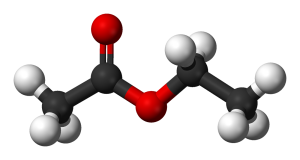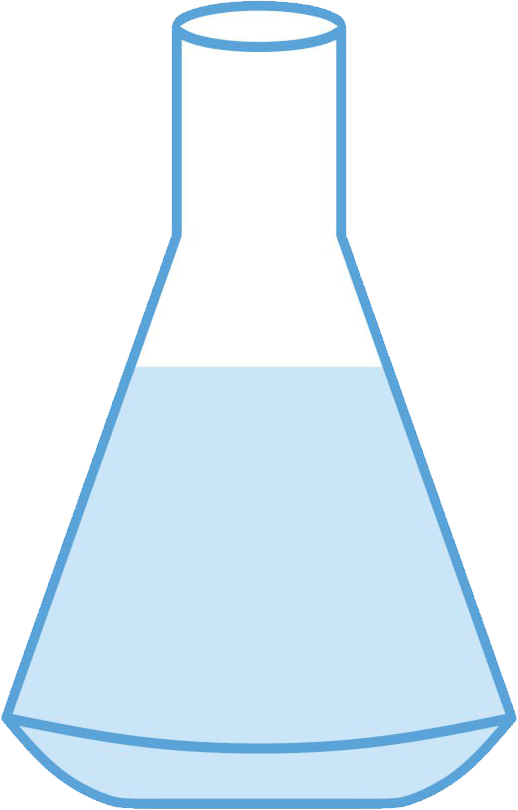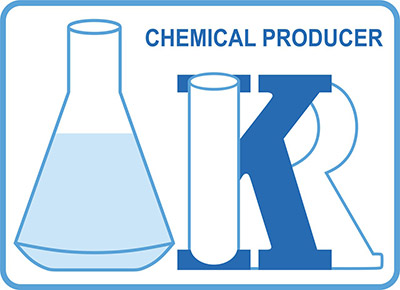
Physical properties
Physical state: liquid
Color: colorless
Melting point: −83.6°C
Density: 902 𝑘𝑔/𝑚3
Chemical properties
Molecular formula: C4H4O2
Molecular mass: 88.11 g/mol
Boiling point: 77.1 °C
Solubility in water:
8.3 𝑔/100𝑚𝑙 ( 𝑎𝑡 20 °𝐶)
| Flammability limit | Threshold limit value | ||
|---|---|---|---|
| LFL | UFL | TLV-TWA | TLV-STEL |
| 2% | 11.5% | 400 ppm .1440mg/m3 | Not available |
Ethyl acetate: General Description And Use
USE
- Used in a variety of coating formulations such as epoxies, urethanes, cellulosics, acrylics, and vinyl.
- Important solvent for nitrocellulose lacquers.
- Solvent-based flexographic and rotogravure inks.
- For the production of glues.
- Treatment of aluminum foils.
- In the manufacturing of polyester films and BOPP films.
- Flexographic & rotogravure printing on flexible packaging.
- Used in the manufacturing of cleaning fluids, nail-polish removers, and silk, coated papers, artificial leather, photographic films & plates.
General description
Ethyl acetate (also known as ethyl ethanoate) is one of the simplest carboxylate esters. The colorless liquid with a fruity odor that is commonly recognized in glues and nail polish remover. Ethyl acetate is extremely flammable with a flashpoint of -4 °C (24 °F) and a flammability rating of 3 and is also highly miscible with all common organic solvents (alcohols, ketones, glycols, esters) but only slightly miscible in water. It is used as a solvent for decaffeinating coffee beans. In the lab, ethyl acetate is a common solvent for column and thin-layer chromatography.
Ethyl acetate : Warnings and caution
GHS hazard statements
H225 – Highly flammable liquid and vapor.
H319 – Causes serious eye irritation.
H336 – May cause drowsiness or dizziness.
H333– May be harmful if inhaled.
EUH066 – Repeated exposure may cause skin dryness or cracking.
GHS precautionary statements
P210 – Keep away from heat, hot surfaces, sparks, open flames and other ignition sources. No smoking.
P280 – Wear eye protection/ face protection.
P304 + P340 + P312 – IF INHALED: Remove person to fresh air and keep comfortable for breathing. Call a POISON CENTER or physician if you feel unwell.
P305 + P351 + P338 – IF IN EYES: Rinse cautiously with water for several minutes. Remove contact lenses, if present and easy to do. Continue rinsing.
P337 + P313 – If eye irritation persists: Get medical advice/ attention.
P403 + P235 – Store in a well-ventilated place. Keep cool.


